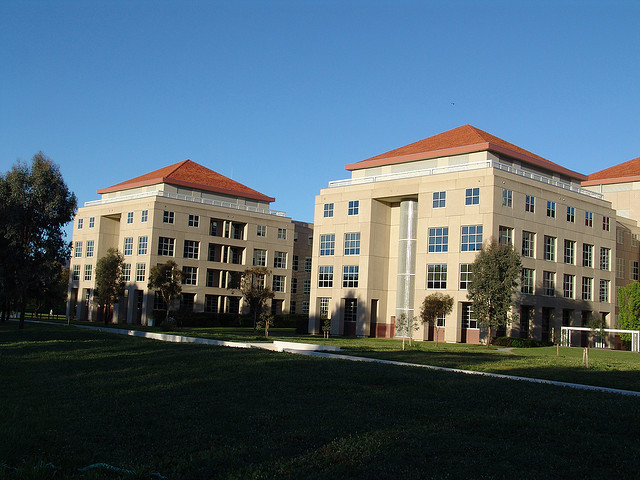
A retired secretary of the Department of Foreign Affairs is fulminating that the department is in a deplorable ‘crisis’.
‘The quality and conduct of Australia’s foreign relations are suffering’, he writes. The government doesn’t love Foreign Affairs, he laments. Even as the department loses staff and cash, it has to do more, while other parts of the bureaucracy are jealous of its reach and functions.
Even worse, the retired secretary says, Foreign ‘has assisted in its own decline’, with its chiefs focused on management rather than policy:
The Department has turned back to the old public service tradition of safety, according to which only errors of commission count, not errors of omission. It has stopped thinking and returned to the former pattern of first asking what other countries, notably the US, think and then following.
The despairing diplomat is Alan Renouf, secretary of the Department of Foreign Affairs (January 1974 – February 1977), writing in his 1979 book on Oz foreign policy, The frightened country. The fulmination offers themes that repeat across the 50-year arc since November 1970, when External Affairs changed its name to Foreign Affairs.
Renouf joined External Affairs in 1943 and was the first of the diplomatic cadets to rise to head the department. Wounded by a Japanese sniper while fighting in New Guinea, Renouf was in hospital when he received the cadet offer. Using the ‘colourful language’ typical of Oz diplomats, Renouf pronounced that Canberra looked a much better deal than where he’d just been (although hacking jungle and dodging snipers is a useful metaphor for bureaucratic wars).
Renouf’s anger reflected his ambition for Foreign. And whatever sense of crisis may still beset the department (unloved, underfunded), much of that ambition has been realised. The department’s frustrations are framed by the scope of its achievements.
Foreign Affairs has grown into a great department of state; its impressive headquarters, just down the hill from the House of Representatives entrance to Parliament House, expresses its place and purpose in Canberra.
Foreign might not make foreign policy with the complete power any bureaucracy craves, but it’s always close to the making of policy. Foreign has many tentacles. Diverse responsibilities make it a conglomerate, staffed by diplomatic pinstripes, tradies, aidies and spooks.
This is a department with a hand in much that matters: international politics and security, economic and trade issues, development aid, espionage and intelligence, and the exploding fields of multilateral diplomacy, from human rights to arms control to climate change, from power to ‘people-to-people’ to passports.
In the decade of the switch from External to Foreign (when Renouf was writing), the department seized control of key relationships that defined the past and the future: with Britain and Japan.
Britain was taken from its traditional home in the Prime Minister’s Department. Japan was extracted from the Trade Department, a tough victory helped by the departure from politics of the towering figure of John McEwen, after 15 years as trade minister. Both wins were achieved before the Whitlam Labor government took power in 1972, giving Foreign the public service version of a huge sugar hit.
The persistent push of Foreign Affairs over five decades has been to coordinate and oversee Australian government policy actions around the globe—coordination being the fallback when the department can’t get direct control.
The coordinate or control creed was laid down in detail in the 1986 review of Australia’s overseas representation, authored by the department’s secretary, Stuart Harris. I’ve often paid tribute to the scope and sophistication of the Harris report, which is an extended version of the decline-of-Oz-diplomacy lament.
Part of the Canberra-flavoured enjoyment of that review was the enormous battle with the Defence Department. Foreign called for big cuts in the number of Defence staff posted overseas—especially to Washington, London and Paris. Defence declared war. Harris printed a blistering letter from the secretary of Defence, with a priceless final paragraph stating that ‘disagreements on principles as well as practice’ meant there’d be no point in the two secretaries meeting for lunch. Battle is bitter when mandarins won’t lunch.
The following year, Foreign had a turf victory for the ages: taking over Trade, to create the Department of Foreign Affairs and Trade. Two departments with different personalities and cultures became one. And it worked! Unlike most big bureaucratic marriages, this one lasted. DFAT ‘is the only mega-department to have retained almost all of its 1987 functions intact’.
Present at that creation, Harris looks back on the forced marriage, ordered by the Hawke government, as delivering ‘better coordination and greater efficiency, flexibility and responsiveness’, improving the management of Australia’s foreign relations.
By 1992, Professor Nancy Viviani, a fine judge of international horseflesh, pronounced that Foreign had grown into quite a stallion.
A small, elitist institution confined to overseas representation and negotiation, she wrote, had become ‘a major department of state, with responsibility not only for narrow foreign policy-making, but for the whole range of functions abroad—from social and cultural, the economic, political and strategic to the consular business of looking after Australian citizens in trouble abroad’.
Compared with other foreign ministries, DFAT is an unusual horse working across diverse terrain. The big nag is kept on a tight rein by its political masters and gets tough treatment from Canberra’s other big beasts. Yet, as always, it’s a smart nag with an impressive record and much potential.

